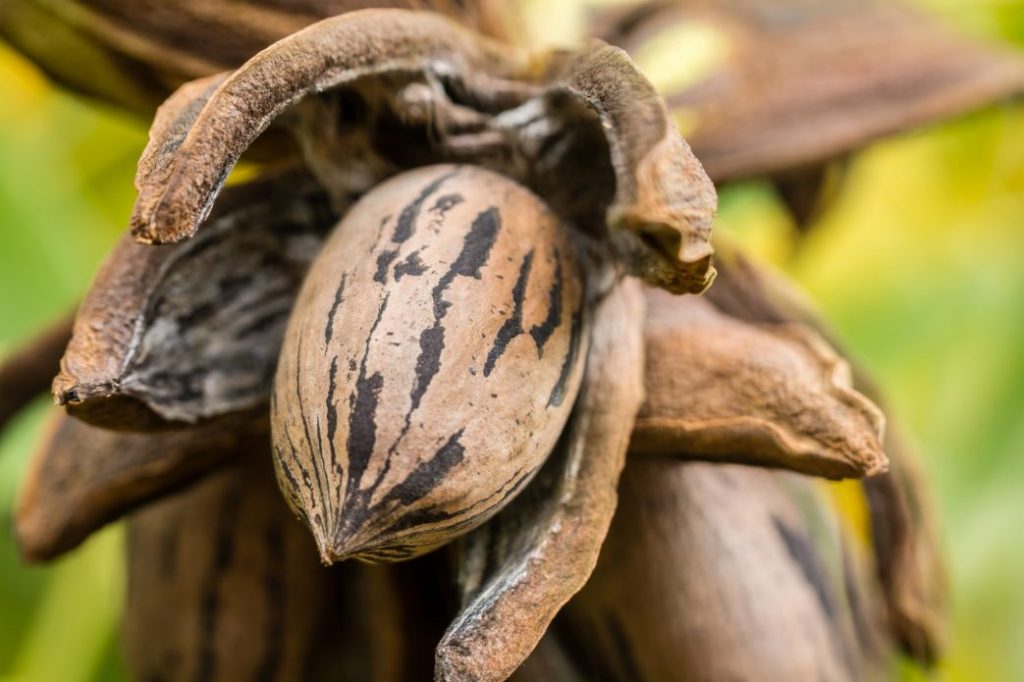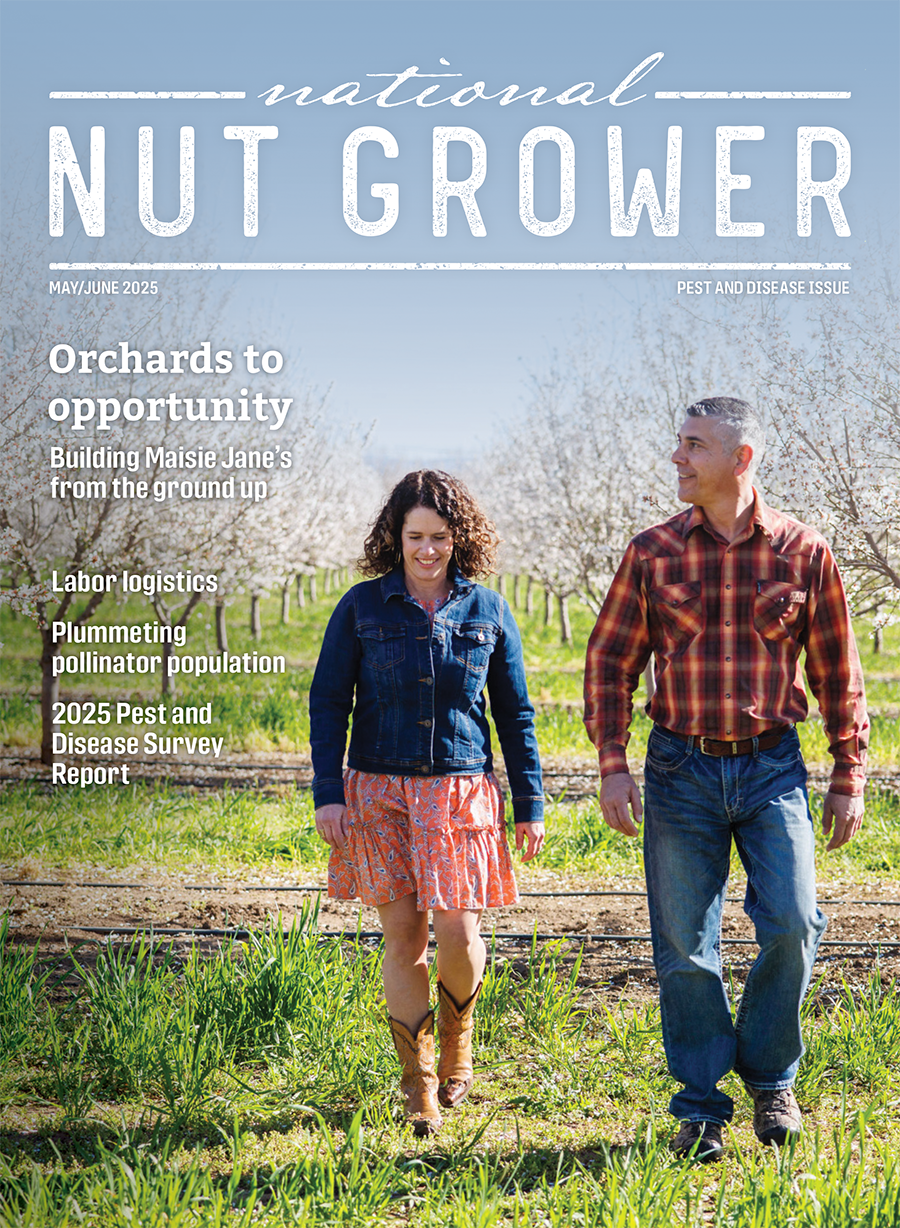
Jul 30, 2021South Georgia pecan update shared
What does the crop look like this year? It is very simple: It looks like the younger trees have a crop, and the older trees do not. Older trees such as Stuarts, Schleys, etc. have a very light crop if any crop. This low crop was expected due to our very large crop last year.
With depressed prices, our input becomes more significant. What type of crop do you need to justify protecting it? There is no cut and dry answer but I hope to provide some type of instruction here.
Pecans are a perennial crop, which means this season’s inputs may influence flower induction for next season. Male flowers are determined two years in advance whereas female flowers are determined around August the prior season. Stresses that occur during this period negatively affect the next season’s crop set. Of all cultural practices, water has the most significant impact on yield. A pecan tree needs about 2,400 gallons of water per acre to support its own growth. Once you include nut production, the water requirement nearly doubles.
For orchards bearing a crop, Dr. Wells says we should be at 45-50% of your irrigation system’s full capacity through July for nut sizing. (If you irrigate at full capacity now, the nuts grow too large which makes them difficult to fill.) If you have less than 20% of terminals bearing nuts, irrigate at the 45% rate right now but only increase to about 75-80% full capacity once kernel filling arrives (August) as opposed to 100% in August for trees bearing a commercial crop.
We just received a few inches of rain from Tropical Storm Elsa. Talking to growers across Southeast Georgia, the storm thankfully did not cause any direct damage to our pecan orchards. Where I live, this is the sixth week in a row where we received a rain event. Rain is a very significant factor for pecan scab pressure.
Last week, growers made me aware of an increase in scab pressure on particular medium input varieties. The common denominator I hear is stretching to four weeks without a fungicide. A cooler April and drier May allowed us to increase our leaf scab spray intervals; however, once we progress into nut sizing stage, heat and humidity do not allow us to increase these intervals.
Our fungicides for treating nut scab are great, but you must keep this in mind. As effective as Miravis Top has been on controlling nut scab, it must be on the leaf before the scab infects. The ‘period of leaf wetness’ is very important. Rain extends the period of leaf wetness which increases scab infection. At this time, we cannot afford to increase our intervals of fungicide applications past two weeks.
– Andrew Sawyer and Lenny Wells, University of Georgia









